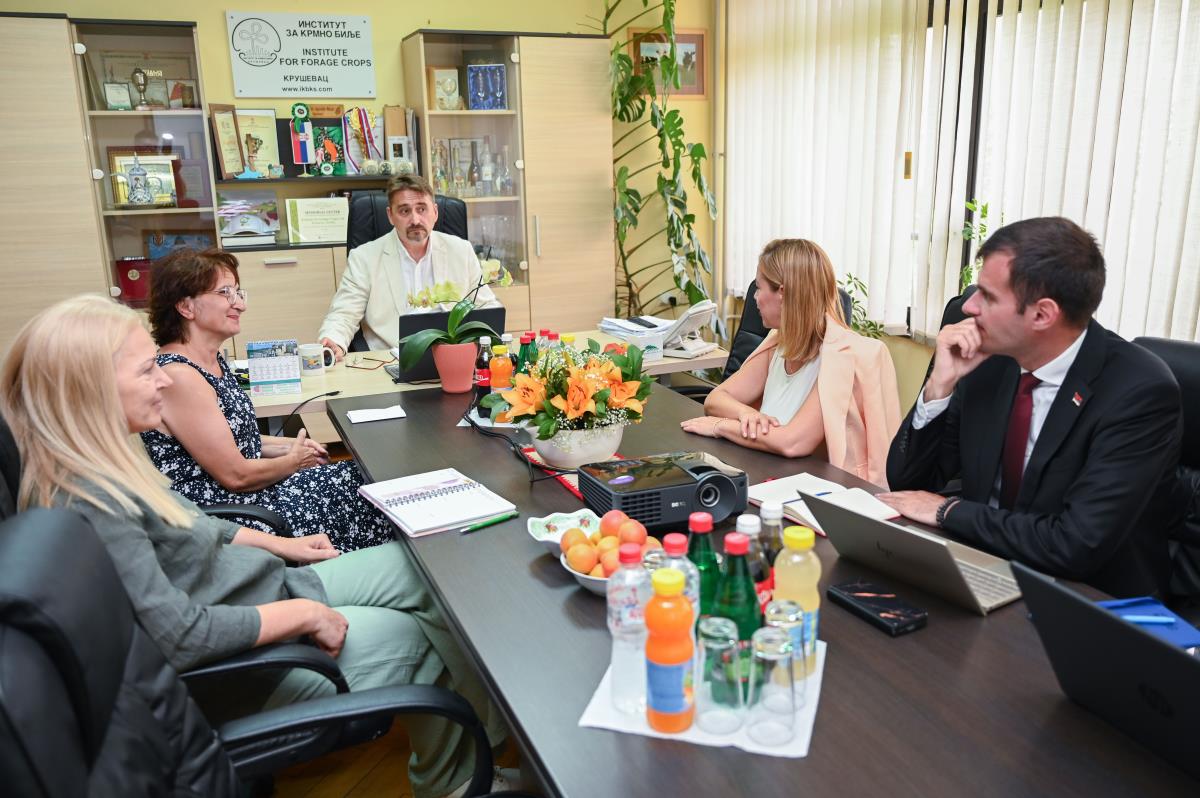Serbia’s Agriculture at a Crossroads: State Secretary Marija Gnjatović Visits Forage Crops Institute in Kruševac!
Did you know that the Forage Crops Institute in Kruševac, with its 34 employees including 17 researchers, stands as a pillar of Serbia’s agricultural development? Although operating under its current name for a relatively short time, the institution’s tradition stretches deep into the history of agricultural progress in the country.
What’s Happening at the Institute?
Dr. Marija Gnjatović, State Secretary at the Ministry of Science, Technological Development and Innovation, recently visited the Institute to get acquainted with their work, results, and challenges. During a meeting with the Institute’s leadership, she emphasized the importance of experience exchange and launching new initiatives in science and innovation. She particularly highlighted the significance of international cooperation, especially within the framework of China’s Belt and Road Initiative.
Discussions included possibilities for collaboration with Chinese scientific institutions, focusing on applying modern agricultural methods to tackle global challenges. They also talked about increasing the involvement of young researchers in scientific work and programs for exchange and mobility of young talents between Serbia and China.
Technology and Innovation – Where Are We Now?
Dr. Gnjatović pointed out the need to improve technology transfer and intellectual property protection in agricultural institutes, where Serbia lags behind other scientific fields. It was agreed to form a joint team of researchers from multiple institutes to compete for projects establishing innovation incubators and technology transfer offices. All project participants are expected to benefit from these activities.
The Institute’s director, Dr. Dejan Sokolović, proudly noted that the Institute received the Vidovdan plaque, an award from the city of Kruševac for its long-standing contribution to agriculture. He presented the Institute’s work results, available technologies, and development directions for the upcoming period.
Why Does This Matter?
The Forage Crops Institute is not just a scientific institution – it is a key player in advancing Serbian agriculture. With 17 researchers and 34 employees in total, the Institute works on innovations that can help farmers face modern challenges, including climate change and global competition.
International cooperation, especially with China, opens doors to new technologies and knowledge, while programs for young researchers promise that Serbia will have fresh talents ready to advance agricultural science.
The Bottom Line?
As the world changes, Serbia must not fall behind. The visit of State Secretary Marija Gnjatović to the Forage Crops Institute shows there is will and a plan to modernize agriculture and increase its competitiveness. But will it really happen? Will young researchers get a chance? And how long will this cooperation with China last?
If you have thoughts on this, or maybe know more about the Institute’s work, drop a comment below. Let the people’s voice be heard – because agriculture is our future, not just a job for a few experts in Kruševac!
Feel free to share your thoughts or jokes about this agricultural revolution in the comments – who knew grass could be so exciting?















